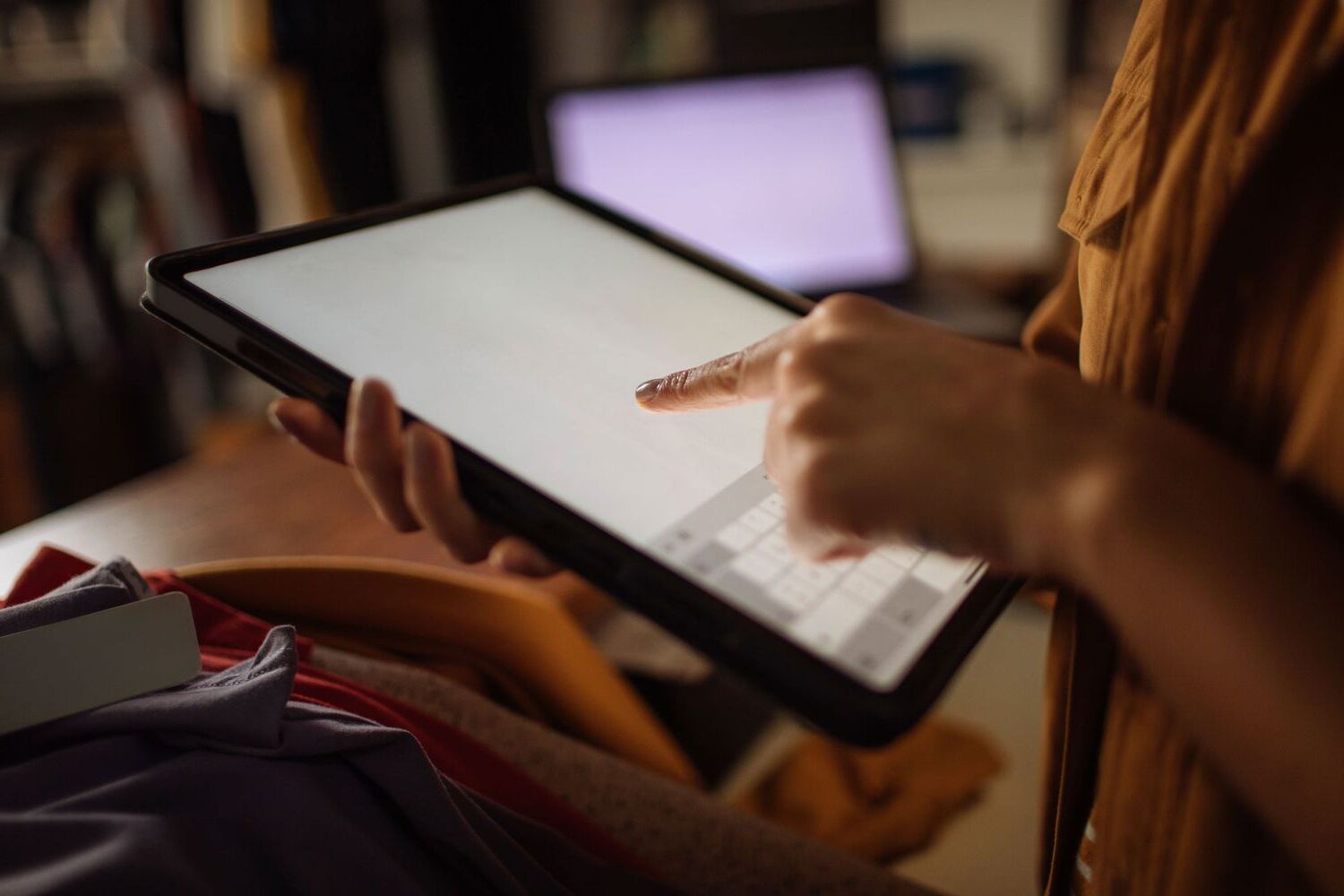
Step 1: Basic Checks
Before diving into complex troubleshooting, perform some basic checks to ensure the issue isn't simple.
1.1. Check the Charger and Cable
Verify the charger and cable are in good condition:
- Charger Quality: Use a high-quality charger. Cheap chargers might not provide the necessary voltage or current.
- Cable Condition: Inspect the USB cable for damage, such as cuts, frays, or burn marks.
- Charger Port: Ensure the charging port on your tablet is clean and free from dust or debris.
1.2. Verify the Outlet
Check the outlet you are using:
- Try Different Outlets: Plug your charger into a different outlet to rule out electrical supply issues.
- Test Other Devices: Plug another device into the same outlet to see if it charges. If other devices do not charge, the outlet might be faulty.
1.3. Restart Your Tablet
Sometimes, restarting your tablet can resolve the issue:
- Turn Off Your Tablet: Completely power off your tablet.
- Wait for 30 Seconds: Allow your tablet to rest for at least 30 seconds.
- Turn On Again: Turn your tablet back on and try charging it again.
Step 2: Cleaning the Charging Port
Dust and debris inside the charging port can prevent your tablet from charging.
2.1. Use Compressed Air
Compressed air is a gentle and effective way to clean out dust from the charging port:
- Hold the Can Upright: Hold the can of compressed air upright to avoid any liquid from coming out.
- Spray Gently: Spray the compressed air into the charging port at a safe distance to dislodge any dust or debris.
- Let It Dry: Allow the charging port to dry completely before attempting to charge your tablet.
2.2. Use a Cotton Swab or Toothpick
If compressed air doesn’t work, use a cotton swab or toothpick to clean the charging port:
- Insert Carefully: Insert the cotton swab or toothpick into the charging port, being careful not to push too hard and damage the internal components.
- Wipe Gently: Gently wipe around the inside of the charging port to remove any debris.
- Avoid Metal Objects: Avoid using metal objects like paper clips or metal skewers as they can scratch or damage the internal components.
Step 3: Replace the Charger or Cable
If cleaning the charging port doesn’t resolve the issue, it might be time to replace either the charger or cable.
3.1. Check for Defective Chargers
Sometimes, even a brand-new charger can be defective:
- Try Another Charger: If you have another charger available, try using it to see if it works.
- Check for Amp/Volt Compatibility: Ensure the charger you are using supports the correct amperage (A) and voltage (V) required by your tablet.
3.2. Inspect the Cable
A damaged cable can also prevent your tablet from charging:
- Look for Signs of Damage: Check for any signs of damage such as cuts, frays, or burn marks on the cable.
- Try Another Cable: If you have another cable available, try using it to see if it works.
Step 4: Check for Hardware Issues
If replacing the charger or cable doesn’t resolve the issue, there might be a hardware problem with your tablet.
4.1. Inspect the Charging Port
Sometimes, the charging port itself might be damaged or faulty:
- Look for Signs of Damage: Check for any signs of physical damage such as cracks or corrosion on the charging port.
- Check for Moisture: Ensure there is no moisture inside the charging port as this can prevent charging.
4.2. Contact Manufacturer Support
If you suspect a hardware issue with your tablet, contact the manufacturer’s support team for assistance. They can provide further guidance on diagnosing and potentially repairing the issue.
Step 5: Professional Repair
If none of the above steps resolve the issue, it might be time to seek professional help from a repair service.
5.1. Contact Repair Services
Companies like uBreakiFix by Asurion offer professional repair services for tablets:
- Visit Their Website: Visit their website to find a location near you.
- Schedule an Appointment: Schedule an appointment for a free device diagnostic.
- Get a Repair Estimate: Get an estimate for the repair and decide if you want to proceed.
5.2. Benefits of Professional Repair
Professional repair services offer several benefits including:
- Expert Diagnostics: Trained technicians can diagnose the issue accurately.
- High-Quality Parts: They use high-quality parts to ensure reliable repairs.
- Warranty: Many repair services offer a warranty on their repairs, providing peace of mind.
Additional Tips
- Regular Maintenance: Regularly cleaning your tablet’s charging port can prevent dust and debris from accumulating and causing charging issues.
- Use High-Quality Accessories: Using high-quality chargers and cables can reduce the likelihood of charging issues.
- Keep Your Tablet Updated: Keeping your tablet’s software up-to-date can sometimes resolve compatibility issues that might prevent charging.
By following these tips and troubleshooting steps, you can keep your Android tablet running smoothly and ensure that it continues to charge properly.
